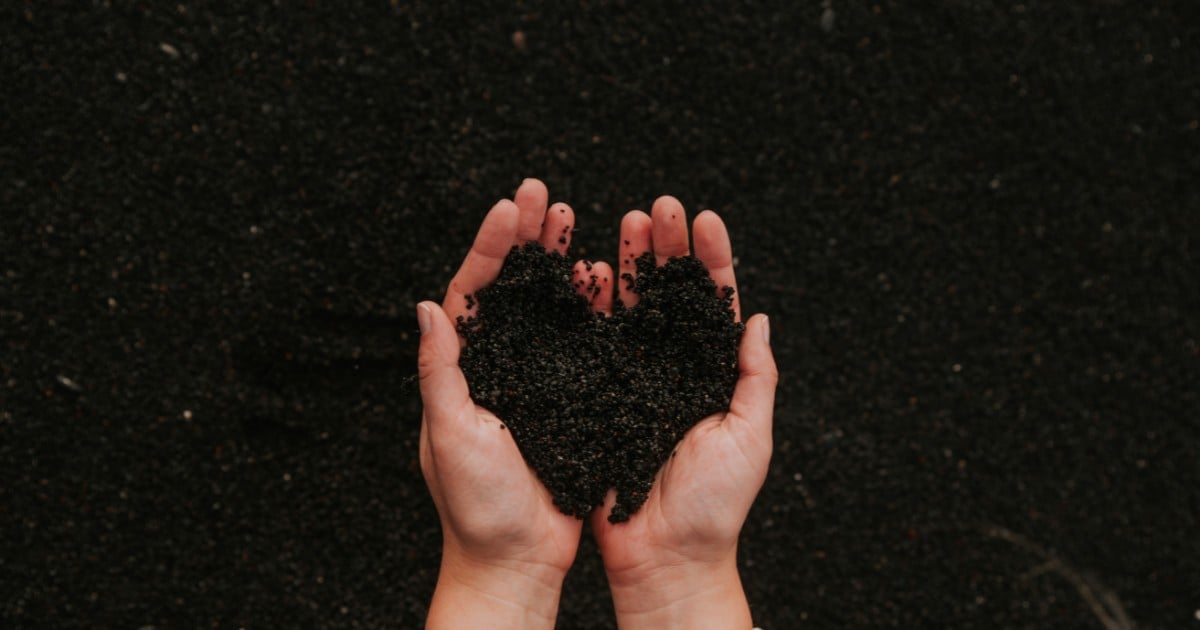Heavy Metals in Soil: Pollution, Remediation and Ecological Risks
A special issue of Applied Sciences (ISSN 2076-3417). This special issue belongs to the section "Ecology Science and Engineering".
Deadline for manuscript submissions: closed (20 October 2023) | Viewed by 1825

Special Issue Editor
Special Issue Information
Dear Colleagues,
In this Special Issue, the focus is on the behaviour of heavy metals present in soil and the consequences thereof. Heavy metal pollution in soil is a serious environmental issue that can have detrimental effects on both human health and the ecosystem. Heavy metals such as lead, cadmium, mercury, arsenic, and chromium from industrial activities, mining, agricultural practices, etc., can accumulate in soil.
These heavy metals can persist in soil for a long time, and if they are not managed properly, they can contaminate water sources and food crops, posing a risk to human health. Exposure to heavy metals can cause a range of health problems, including neurological disorders, developmental issues, cancer, and damage to internal organs such as the liver and kidneys.
Preventing heavy metal pollution in soil requires a combination of strategies, including reducing emissions from industrial activities, properly disposing of hazardous waste, and implementing sustainable agricultural practices. Additionally, soil testing can help identify areas that are contaminated with heavy metals, and remediation techniques such as phytoremediation and soil washing can help reduce their concentration in the soil. It is important to address heavy metal pollution in soil to protect human health and ensure the long-term health of the environment.
Remediation of heavy metal pollution in soil can be a challenging process, but several techniques are available for this purpose, including the following:
- Phytoremediation: This technique involves using plants to absorb heavy metals from the soil. Plants such as sunflowers, mustard, and Indian mustard have been shown to be effective at absorbing heavy metals from contaminated soil. The plants can then be harvested and disposed of, or the heavy metals can be extracted from the plants and recycled.
- Soil washing: Soil washing involves removing the contaminated soil and washing it with water or a chemical solution to extract the heavy metals. The cleaned soil can then be returned to the site, and the extracted heavy metals can be disposed of safely.
- Bioremediation: Bioremediation involves using microorganisms to break down and remove the heavy metals from the soil. This technique can be conducted in situ, where the microorganisms are added directly to the contaminated soil, or ex situ, where the contaminated soil is removed and treated in a separate location.
- Chemical immobilization: Chemical immobilization involves adding chemicals to the soil to bind with the heavy metals and make them less available for uptake by plants and animals. Common chemicals used for this technique include lime, phosphate, and organic matter.
- Electrokinetic remediation: Electrokinetic remediation involves applying a low voltage electrical current to the soil to move the heavy metals towards the electrodes. The heavy metals can then be extracted from the soil and disposed of safely.
These techniques can be used alone or in combination depending on the level of contamination and the specific site conditions. It is important to choose the appropriate remediation technique based on the specific type and concentration of heavy metals in the soil, as well as the surrounding environment and potential impact on human health.
Dr. Christian Piechotta
Guest Editor
Manuscript Submission Information
Manuscripts should be submitted online at www.mdpi.com by registering and logging in to this website. Once you are registered, click here to go to the submission form. Manuscripts can be submitted until the deadline. All submissions that pass pre-check are peer-reviewed. Accepted papers will be published continuously in the journal (as soon as accepted) and will be listed together on the special issue website. Research articles, review articles as well as short communications are invited. For planned papers, a title and short abstract (about 100 words) can be sent to the Editorial Office for announcement on this website.
Submitted manuscripts should not have been published previously, nor be under consideration for publication elsewhere (except conference proceedings papers). All manuscripts are thoroughly refereed through a single-blind peer-review process. A guide for authors and other relevant information for submission of manuscripts is available on the Instructions for Authors page. Applied Sciences is an international peer-reviewed open access semimonthly journal published by MDPI.
Please visit the Instructions for Authors page before submitting a manuscript. The Article Processing Charge (APC) for publication in this open access journal is 2400 CHF (Swiss Francs). Submitted papers should be well formatted and use good English. Authors may use MDPI's English editing service prior to publication or during author revisions.
Keywords
- soil
- heavy metal pollution
- remediation strategies
- risk assessment





